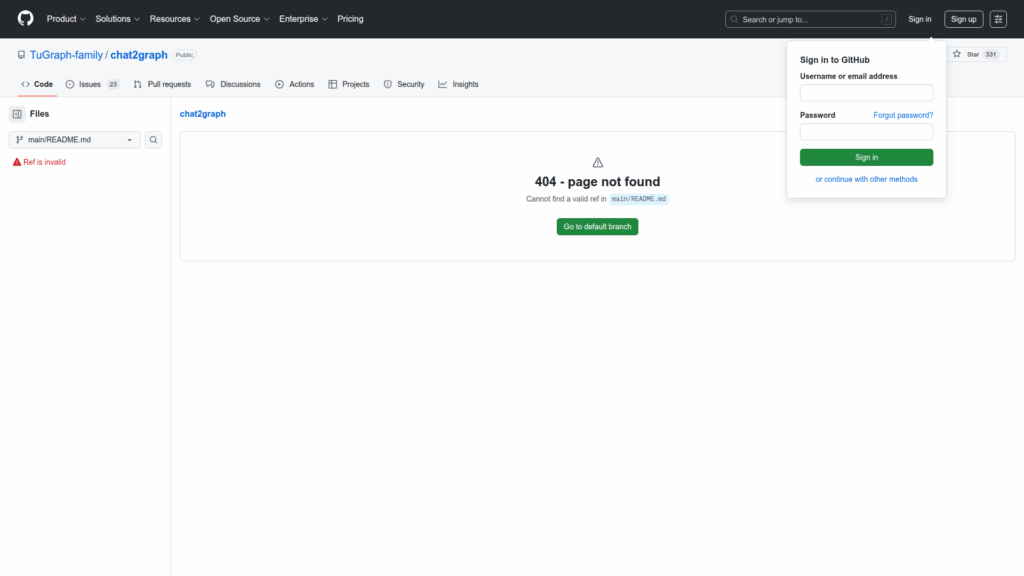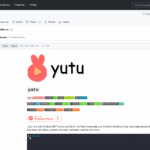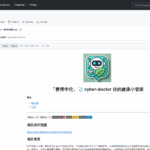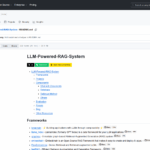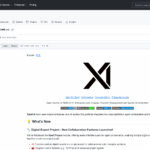chat2graph
Basic Information
This repository, named Chat2Graph and described as a "Graph Native Agentic System," is intended as a project for building or hosting agentic systems that use graph-native representations. The README available in the repository is minimal and points to a main/README.md file, but detailed documentation is not present in the provided text. From the repository name and short description, its main purpose is to explore or provide tooling that connects conversational or agent behaviors with graph data structures to represent knowledge, state, or relationships among agents and data. The project appears targeted at developers and researchers interested in combining chat-style agent interfaces with graph-centric architectures.
Links
Stars
316
Language
Github Repository
Categorization
App Details
Features
Documentation in the repository is minimal; the visible signals are the project name Chat2Graph and the short descriptor Graph Native Agentic System. The repository structure references a main/README.md but its contents were not available in the provided text. From the name and description, key observable traits are an emphasis on agentic behavior, a graph-native approach to data or control flow, and a focus on integrating chat or conversational inputs with graph representations. No concrete modules, APIs, language bindings, scripts, or dependency information were present in the supplied README excerpt.
Use Cases
Based on its name and brief description, Chat2Graph is positioned to be useful for teams or individuals designing agentic applications that benefit from graph-structured knowledge or control models. It could serve as a starting point or reference for integrating conversational interfaces with graph databases or internal graph models to represent relationships, memory, or agent interaction topology. Because the provided README is sparse, the repository presently functions primarily as an indicator of intent and as a potential foundation for developers seeking a graph-first approach to building multi-agent or conversational systems rather than as a documented, ready-to-run product.

